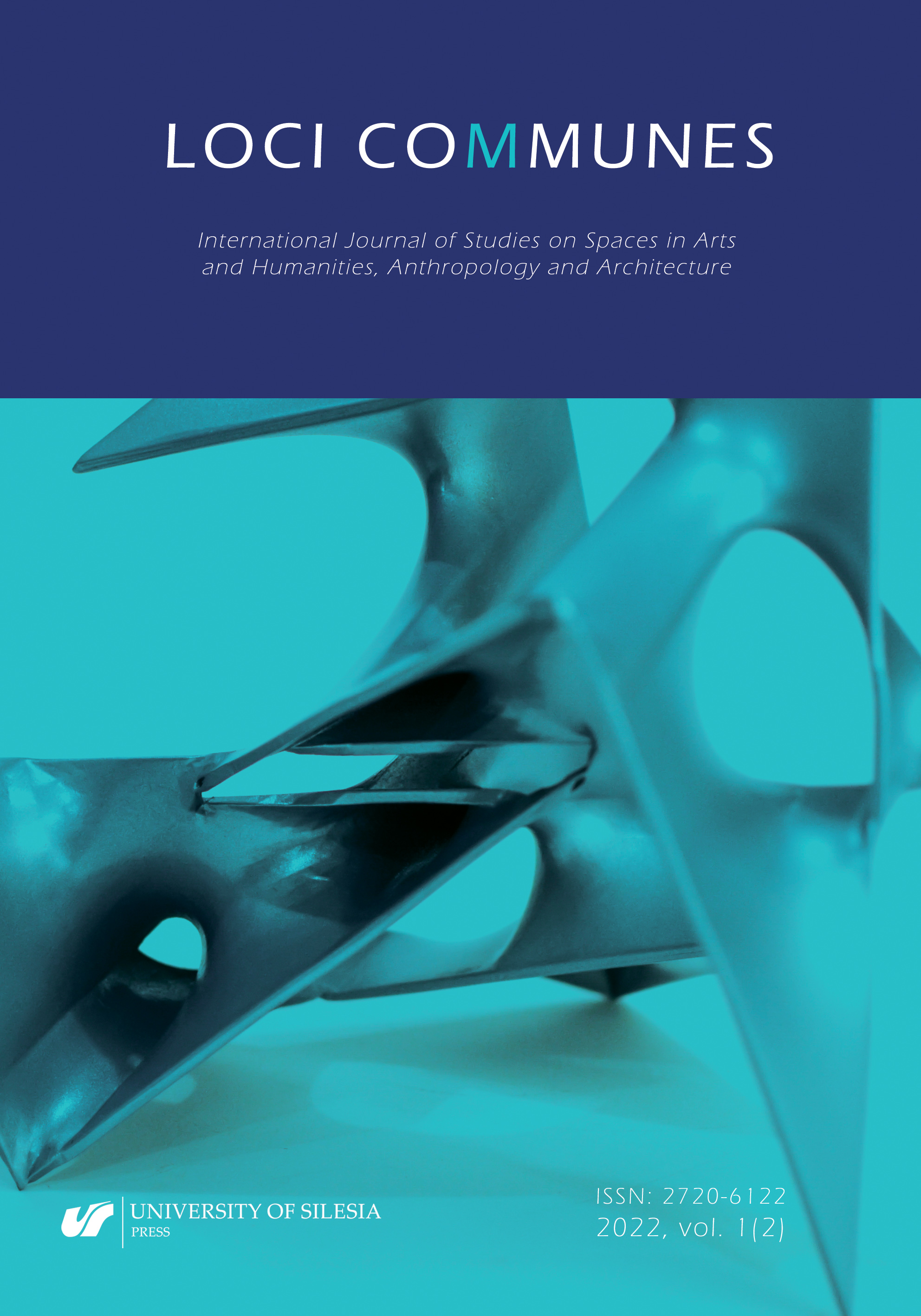

Original research articles (containing a clearly articulated research problem and proposing its development) – consistent with the current call for papers, the general line of the journal and the profile of the journal's sections (Perception and Experience, Heritage, Landscapes, Architecture etc.). This type of articles includes also: – unpublished basic research reports confirming or refuting scientific hypotheses or verifying existing knowledge; – conceptual articles presenting new ideas or methodologies, new arguments or new interpretations or models; –reports broadening the theoretical framework (from interdisciplinary and transdisciplinary projects).
The articles may be theoretical in nature and may also be the result of empirical research. Volume: up to 40 000 characters.
Review articles – discussing a set of published research results, reports, case studies, covering a specific thematic area. These may include reviews that identify, synthesise and offer critical assessments of the current state of research in a given research area, highlighting the theories under investigation that are necessary to fill the knowledge gap, and providing guidance for future research.
Volume: up to 40 000 characters.
Reviews – texts that are book reviews, conference reports or reports from other scientific and artistic events - as defined in the current call for papers or the general line of the journal. Volume: up to 20 000 characters.
Outlooks – review forms that critically discuss one or more thematically related and relevant articles published in Loci Communes or other journals.
Volume: up to 20,000 characters.
Letters to the editorial office – they are to give readers a chance to formulate polemics concerning previously published articles. Letters are sent to the authors asking for their reply.
Volume: up to 10,000 characters.
Reports – case studies that present unique realizations/ events/ spaces not described before in a sufficient way, but which give insight into important observations or can support curricula. The importance of the report should be underlined by a clearly formulated diagnosis.
Volume: up to 20,000 characters.
Editorials – editors and invited guests may provide short comments on important problems related to the aims and scope of a particular issue. The editorial should address the research problem and cannot be merely a report on the content of the issue.
Volume: up to 20,000 characters.
The editorial team also adopts other forms of texts that are related to the specificity of the topics covered by the authors.
Before sending in a manuscript, make sure it meets the basic criteria and guidelines:
We follow the guidelines of the APA Style. An APA-style paper should include: title page, abstract with keywords, introduction, method, results, discussion, and references.
Sample papers:
Basic guidelines for citations:
Tutorials and webinars:
Handouts and guides:

Vol. 1 No. 2 (2022)
Published: 2024-06-21
 10.31261/LC
10.31261/LC